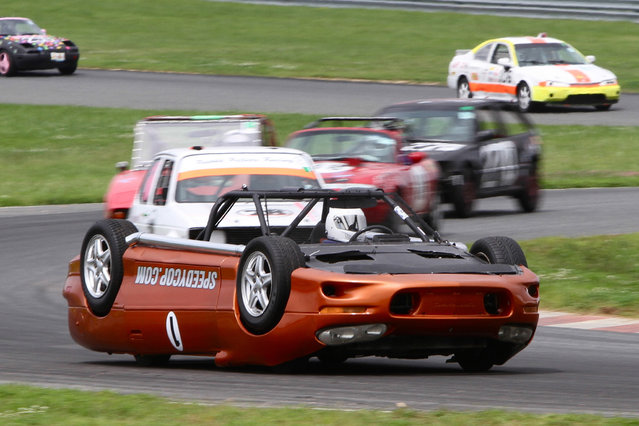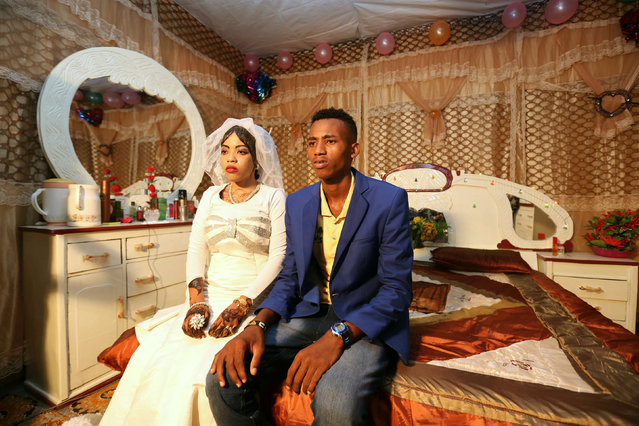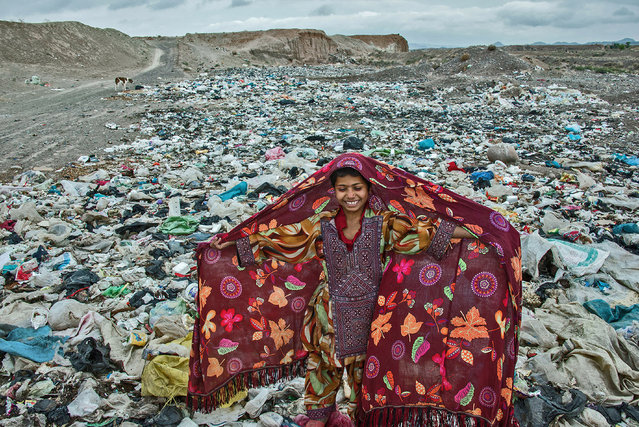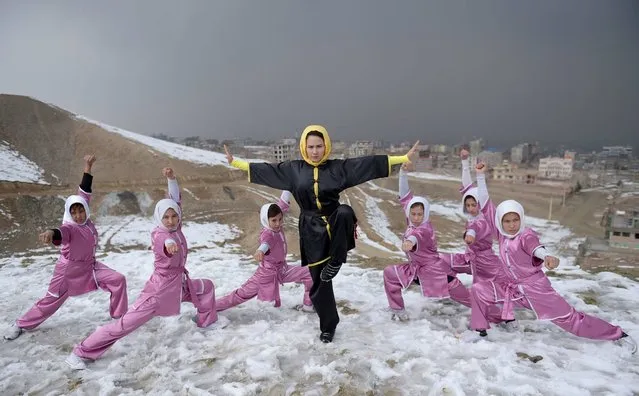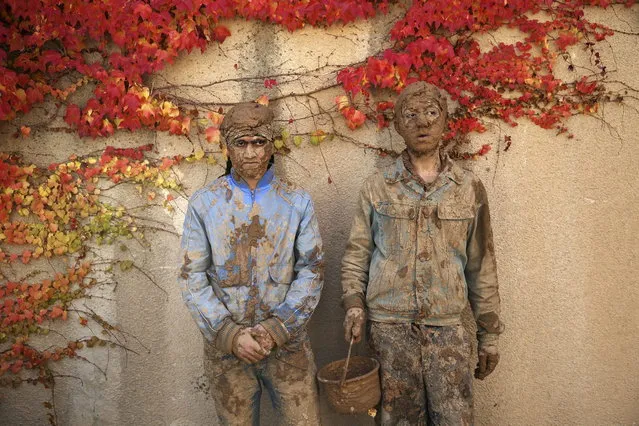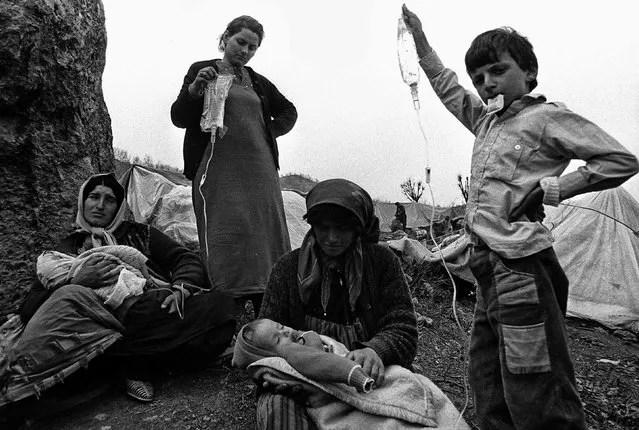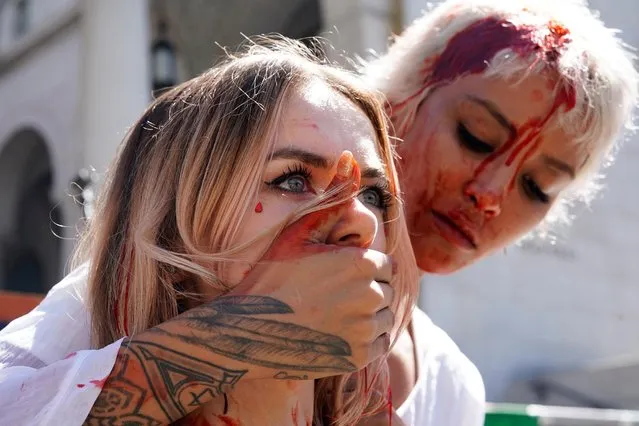
Samy Rose Moshiri, an Iranian American artist and activist, covers the mouth of Belarusian activist Yadviga Krasovskaya after dousing themselves in fake blood on stage at a Freedom Rally for Iran, in support of Iranian women and against the death of Mahsa (Zhina) Amini, outside City Hall in Los Angeles, California, U.S., October 1, 2022. (Photo by Bing Guan/Reuters)
11 Oct 2022 04:45:00,post received
0 comments


